Wondering how soon you can get a massage after giving birth? You’re not alone. Many new moms are eager for relief from postpartum aches and stress, but timing matters. While a postpartum massage can help with recovery, relaxation, and overall well-being, it’s important to consider your body’s needs and your healthcare provider’s advice. In this guide, we’ll break down when it’s safe to start, the key benefits for new moms, and any risks to keep in mind—so you can enjoy the healing power of massage with confidence.
Table of Contents
What is Postnatal Massage?
Postnatal massage is a type of massage specifically tailored to help new mothers recover from the physical and emotional changes associated with childbirth. It is typically performed by a trained massage therapist and can include techniques such as Swedish massage, deep-tissue massage, and muscle energy techniques. Postnatal massage can be used to help reduce pain, improve sleep quality, and reduce anxiety and depression. It can also help improve circulation, reduce muscle tension, and promote relaxation.
Benefits of Postnatal Massage:
- Reduce pain
- Improve sleep quality
- Reduce anxiety and depression
- Improve circulation
- Reduce muscle tension
- Promote relaxation
Benefits of Postnatal Massage

What is postnatal massage? Postnatal massage is a type of massage that focuses on healing the body of new mothers. It helps to reduce pain, relax muscles, and improve circulation, as well as reduce stress hormones.
Here are some of the benefits of postnatal massage:
- Reduces stress and fatigue: Massage helps to relax both the mind and body, reducing the stress hormones and helping new mothers to feel more energized.
- Promotes healing: Postnatal massage helps to reduce swelling and inflammation, which can help to speed up the healing process.
- Improves circulation: Massage helps to improve circulation to the muscles and tissues, helping new mothers to feel more relaxed.
- Relieves pain: Massage helps to reduce pain and tension in muscles, allowing new mothers to move more freely and comfortably.
- Improves sleep: Massage helps to relax the body, allowing new mothers to get a better night’s sleep.
- Improves mood: Massage helps to reduce stress hormones, which can help to improve mood and overall wellbeing.
Postnatal massage can be extremely beneficial for new mothers. It can help to reduce pain, relax muscles, and improve circulation, as well as reduce stress hormones. It can also help to improve mood, reduce fatigue, and promote healing.
When Can You Get a Postnatal Massage After Delivery?
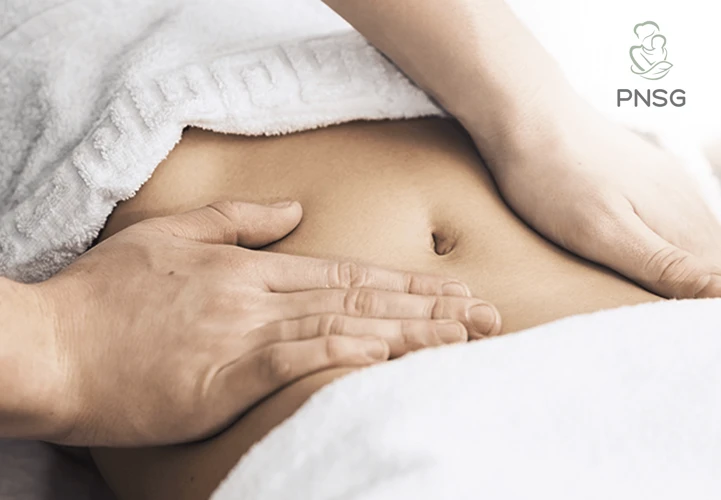
Vaginal Delivery
Most doctors suggest that you wait at least three to four weeks after a vaginal delivery before getting a postnatal massage. The reason for this is that your body needs time to heal and that the massage can be too intense during the first few weeks. You should also wait until after your post-delivery checkup before getting a massage.
Cesarean Delivery (C-Section)
If you had a cesarean delivery (C-section), you should wait at least six to eight weeks before getting a postnatal massage. As with a vaginal delivery, your body needs time to heal, and the massage could be too intense. Be sure to consult your doctor before scheduling a massage to make sure you’re ready for one.
After delivery, your body goes through a number of changes and needs time to heal. If you’re considering getting a postnatal massage, it’s important to consult your doctor and make sure you’re ready before scheduling an appointment. Knowing when to start massage after delivery is essential for a safe and enjoyable experience.
Which Post Birth Massage is Best?

Swedish Massage: Swedish massage is a gentle massage technique that focuses on relaxation. It is a great option for postpartum moms, as it is a gentle enough massage to target the body’s tight and sore muscles without causing any pain or discomfort. Swedish massage also has a calming effect, which can help reduce stress and anxiety.
Deep Tissue Massage: Deep tissue massage is a more intense massage technique that focuses on the deeper layers of muscle tissue. It can be used to target tight and sore muscles and can help reduce muscle tension and reduce pain. However, it is important to note that deep tissue massage may be too intense for some postpartum moms, so it is important to talk to a massage therapist before having a deep tissue massage.
Sports Massage: Sports massage is a type of massage that focuses on the specific areas of the body that are affected by physical activity. It is best suited for postpartum moms who are athletes, or those who are looking to get back into physical activity. Sports massage can help reduce muscle soreness, improve range of motion and reduce muscle tension.
Prenatal Massage: Prenatal massage is a type of massage specifically designed for pregnant women. It is a gentle massage technique that focuses on areas of the body that are affected by pregnancy. Prenatal massage can help reduce stress, improve circulation and reduce muscle tension.
Shiatsu Massage: Shiatsu massage is a type of massage that involves applying pressure to specific points on the body. It is a great massage for postpartum moms, as it can help reduce muscle pain, improve circulation and reduce stress. Shiatsu massage can also be used to help reduce swelling in the legs.
Reflexology Massage: Reflexology massage is an ancient massage technique that focuses on stimulating specific points of the feet and hands. It is a great massage for postpartum moms, as it can help reduce stress and improve circulation. Reflexology massage can also help reduce fatigue and improve overall wellbeing.
When Can You Get a Back Massage After C-Section: After a C-section, it is important to wait at least six weeks before getting a massage. Once the six-week mark has passed, postpartum moms can talk to their doctor about getting a back massage. It is important to talk to a professional massage therapist, as they can help determine the best massage technique for postpartum moms.
Why Massage is Important After Delivery?
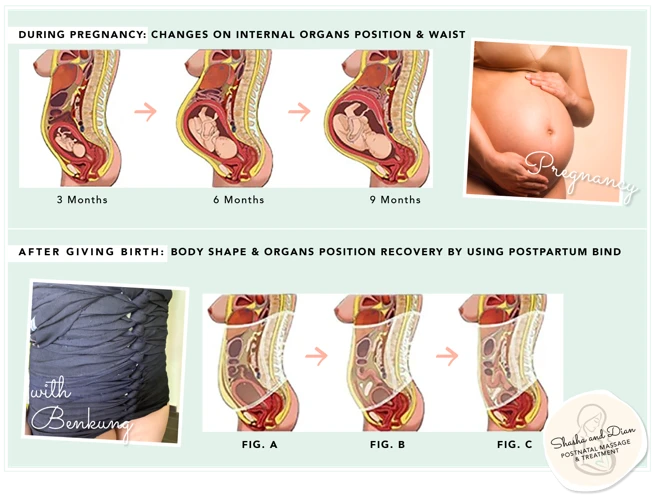
Massage can be beneficial for mothers post-delivery, both physically and emotionally. After experiencing the physical and emotional strain of childbirth, massage therapy can help new mothers relax and reduce stress. Massage can also help to restore muscular tone, improve circulation and reduce swelling. It can help to reduce discomfort and pain in the lower back, neck and shoulders, which can all be common post-delivery.
Massage can also help to release endorphins, which are hormones created naturally in the body to reduce pain, stress and anxiety. This helps in the physical recovery process after childbirth, as well as providing a much-needed calming effect. Massage can also help with the production of milk and help to reduce the intensity of after birth contractions.
Which massage is best after delivery? Swedish massage is recommended for new mothers, as it involves slow and gentle strokes which are beneficial for reducing stress and anxiety. It also helps to stimulate the production of endorphins, which can help with post-delivery pain and discomfort. Other beneficial massage techniques for new mothers include aromatherapy, which can help to relax and reduce stress, as well as hot stone massage, which helps to reduce muscle tension and improve circulation. Massage therapy should be tailored to the individual and their needs, so it is important to consult with a professional massage therapist to determine the best type of massage for post-delivery recovery.
Precautions for Postpartum Massage
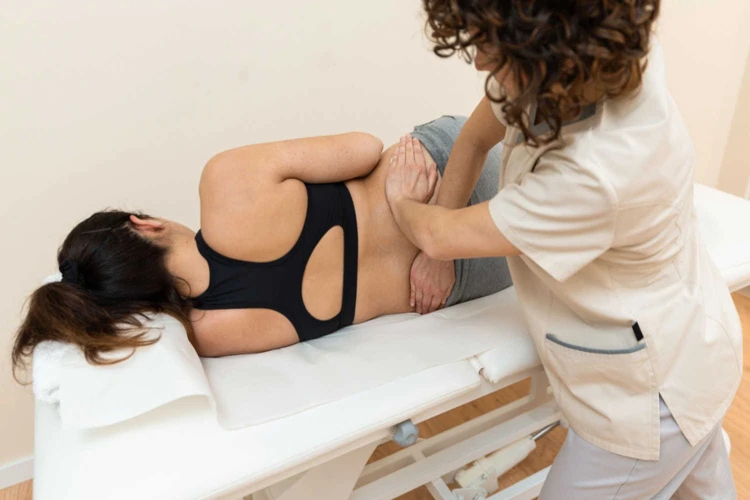
Postpartum massage is an important part of postpartum recovery for new mothers. However, there are certain precautions that must be taken to ensure a safe and healthy postpartum massage experience.
Consult with your doctor: Since massage after childbirth can involve manipulating the abdominal area, it is important to consult with your obstetrician or midwife before beginning any massage.
Wait until your body is ready: It is important to give your body time to heal before getting a massage. Generally, it is best to wait until at least 6 weeks after giving birth.
Choose the right therapist: It is important to find a therapist who is experienced in postpartum massage. Your therapist should have knowledge of the postpartum period and be able to provide a supportive and caring atmosphere.
Focus on relaxation: Postpartum massage should focus on relaxation, rather than providing a deep tissue massage. This will help to reduce your risk of injury or discomfort.
Be aware of your body: It is important to be aware of how your body is feeling during the massage. You should stop the massage if you experience any pain or discomfort.
Massage can be an important part of postpartum recovery, as it can help to reduce stress, improve circulation, and increase the flow of oxygen and nutrients to the body. By following these precautions, you can ensure that your postpartum massage experience is safe and beneficial.
Postpartum Massage Techniques
- Swedish massage: This relaxing massage technique helps to relax and soothe the body. It can improve circulation, reduce swelling, and help to ease muscular tension.
- Myofascial massage: This technique focuses on the fascia, the connective tissue that surrounds the muscles and organs. It can help to relieve pain and tension in the body, particularly in areas where the fascia has become tight.
- Craniosacral therapy: This gentle massage technique focuses on the craniosacral system, the system of nerves and membranes that run through the head, neck, and spine. It can help to reduce tension and improve circulation in the body.
- Deep tissue massage: This massage technique uses slow, deep strokes to target the deeper layers of muscle and connective tissue. It can help to relieve muscle tension and reduce inflammation.
- Shiatsu massage: Shiatsu is a Japanese massage technique that uses pressure from the hands, fingers, and thumbs to stimulate the body’s energy pathways. It can help to improve circulation and reduce pain and tension.
Frequently Asked Questions
Is it Safe to Get a Massage While Nursing?
- It’s generally safe to get a massage while nursing. However, you should consult with your healthcare provider before doing so.
- Massage can help reduce stress and provide relaxation. It can also help to reduce tension and improve circulation, which can be beneficial for breastfeeding mothers.
- Before getting a massage while nursing, discuss the benefits and potential risks with your doctor or midwife. They can advise you on what type of massage is best for you and your baby.
- Massage may help to improve milk production. It can also reduce swelling and improve circulation, which may help with milk production.
- Be sure to communicate with your massage therapist. Let them know that you are nursing, so that they can be aware of any risks and adjust the massage accordingly.
- If you are concerned about any potential risks, ask your healthcare provider for more information before getting a massage while nursing.
How often should I get a postpartum massage?
- Immediately After Birth: You can get a massage immediately after giving birth, depending on your doctor’s advice.
- In the First Week: If you don’t get a massage immediately after giving birth, you can get one during the first week. This will help ease any postpartum discomfort and stress.
- Every 2-4 Weeks: After the first week, you should aim to get a massage every two to four weeks. This will help your body heal and adjust to the postpartum changes.
- Long-Term: If you have any chronic pain or discomfort, you should get regular massages to help manage it. Regular massages can also help reduce stress and promote relaxation.
What are the Benefits of Postpartum Massage?
Postpartum massage can have numerous benefits for both the mother and the baby. Here are some of the benefits you can expect from postpartum massage:
- Promotes relaxation and reduces stress, allowing the mother to more easily bond with the baby.
- Improves circulation, helping to reduce swelling and improve overall health.
- Relieves muscle aches and pains associated with pregnancy and childbirth.
- Helps the mother to regain her pre-pregnancy figure.
- Reduces postpartum depression and anxiety.
- Helps the mother to recover from the physical and emotional stresses of childbirth.
Postpartum massage can also help to reduce the risk of postpartum complications such as postpartum hemorrhage and breast engorgement.

Will I need a doctor’s approval to get a massage after giving birth?
- Yes. It is important to get your doctor’s approval before getting a massage after giving birth. This is to ensure that you are ready to receive a massage, and that there are no contraindications that could cause harm to your body.
- Medical clearance. In most cases, your doctor will need to give you a medical clearance before you can receive a massage. Your doctor will check your health and medical history before granting you the clearance.
- Risks. Your doctor will also assess your risk of experiencing any complications due to the massage. This can include things like swelling, infections, and postpartum depression.
- Medical conditions. If you have any medical conditions, such as high blood pressure or diabetes, your doctor may advise against getting a massage. They may also recommend that you get a massage from a certified therapist who has experience working with postpartum women.
What kind of massage is best for postpartum recovery?
For postpartum recovery, it is best to opt for a gentle massage such as Swedish massage or prenatal massage. These modalities can help relieve any pain or discomfort brought on by pregnancy or labor, as well as improve circulation, reduce stress, and improve sleep quality. These massages can be adapted to the individual needs of the new mother and can help her with the physical and emotional changes that come with the postpartum period.
Conclusion
Massage therapy can be a powerful tool for postpartum recovery, helping new moms relax, relieve muscle tension, and support healing. However, timing is key—your body needs time to recover before jumping into a massage. Always consult your healthcare provider to ensure it’s safe for you. When you’re ready, choose a massage therapist experienced in postpartum care to get the best benefits tailored to your recovery needs.
📚 References
⚠️ Disclaimer:
This article is for informational purposes only and does not constitute medical advice. Always consult with a licensed healthcare provider or certified massage therapist before beginning any new treatment, especially if you have pre-existing health conditions or concerns.


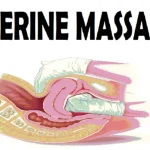
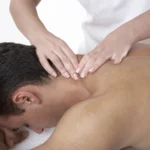
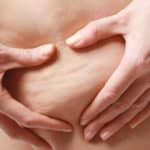
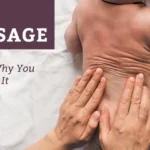
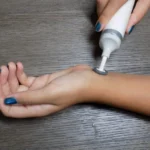

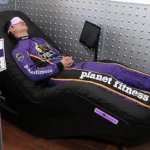

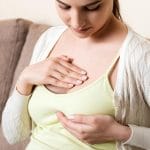
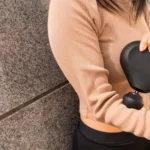
I wanted to thank you for this great read!! I definitely enjoying every little bit of it I have you bookmarked to check out new stuff you post…